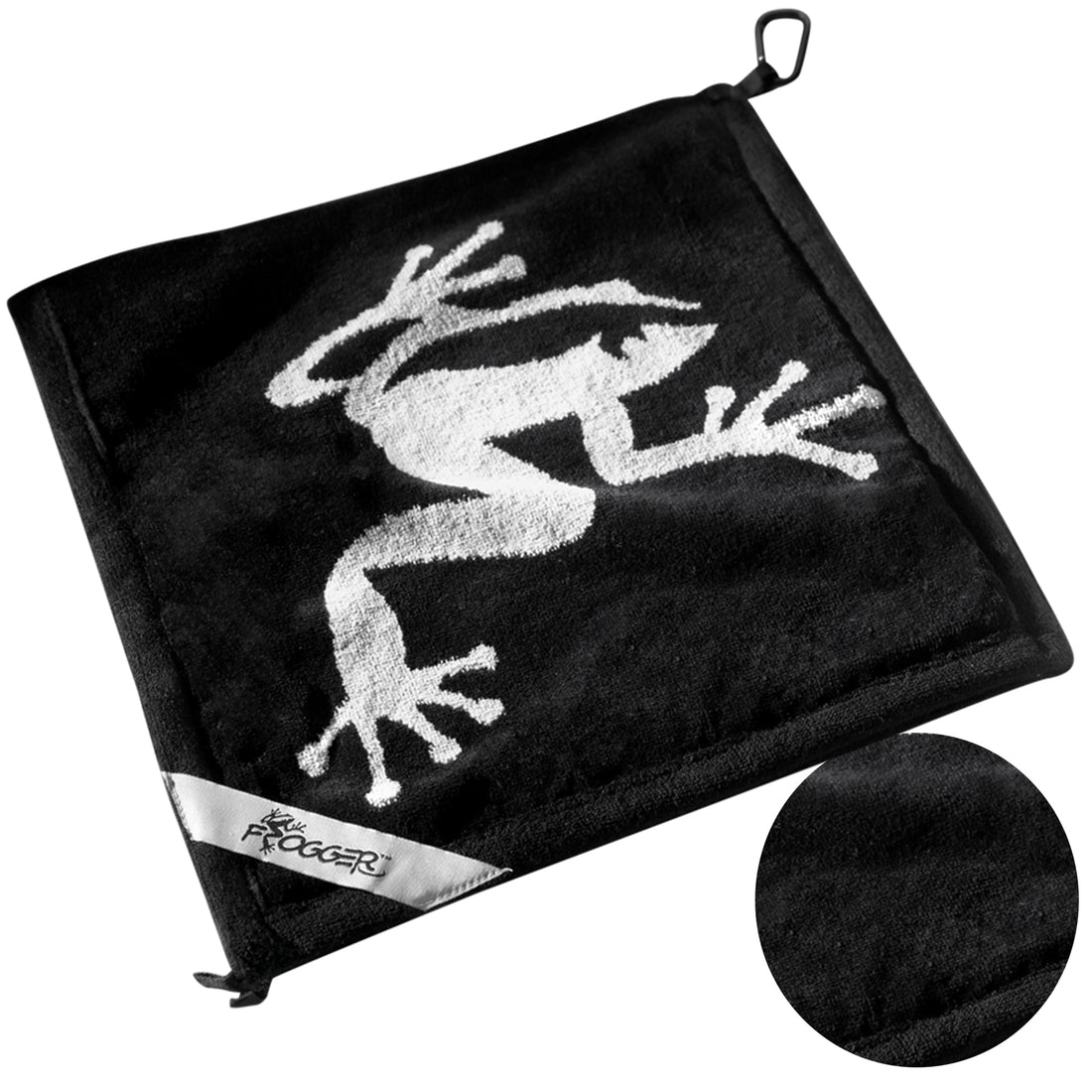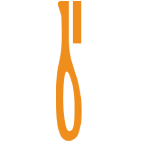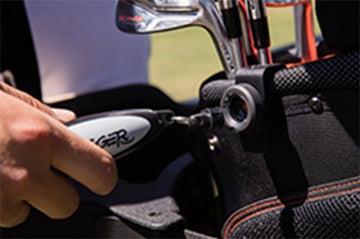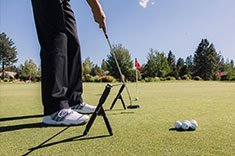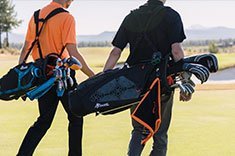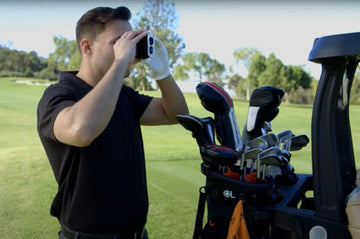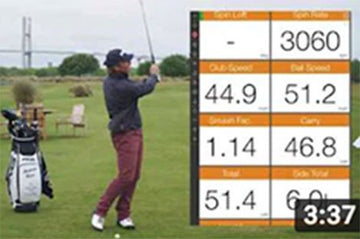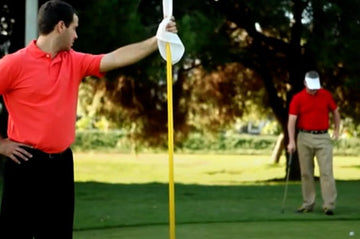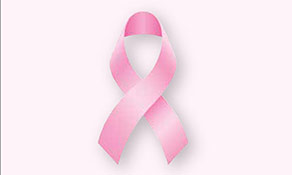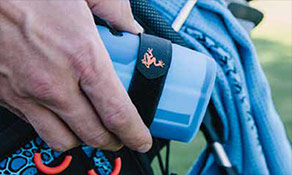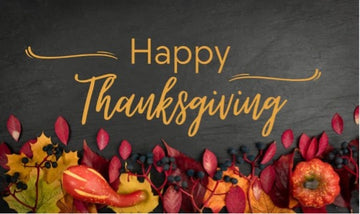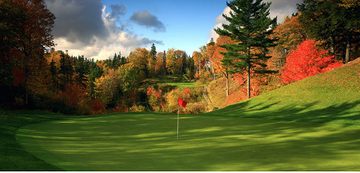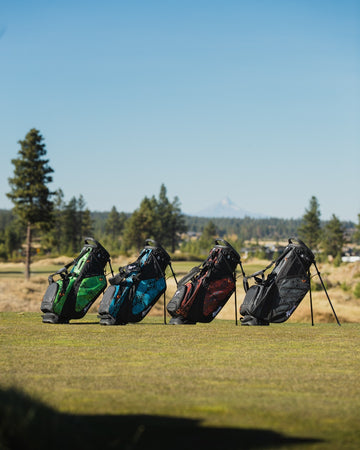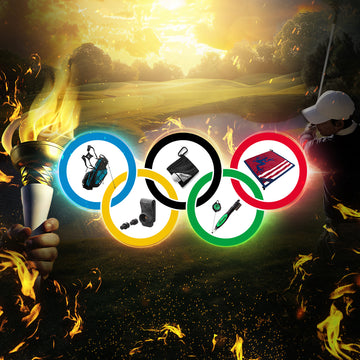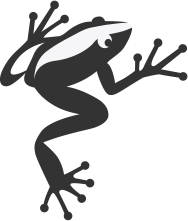Golf Tips: Read The Lie
by
Jeremiah Bohannon
on
Oct 07, 2013
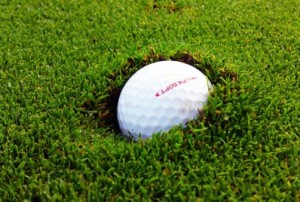
As golfers we read putts on the green to see how they break, if they are uphill or downhill etc. We read the wind on full shots to see if we are hitting into the wind, with the wind or if the wind will push our shots sideways.
There’s yet another part of golf shots we should read, the lie of the ball. The lie is basically how the ball is sitting on the ground or what its relationship with the ground is. There are as many different kinds of lies as there are golf shots to go with them. The lie will dictate the type of shots required. Let’s look at a couple of examples.
Normal Fairway Lie
A normal fairway lie is one in which the ball is sitting on short grass. The ball can be easily hit with any club in the bag except perhaps driver, which wouldn’t be a good idea anyway.
Tight Lie
A “tight” lie is one in which the ball is sitting on hard ground, dirt or very closely cut grass. Tight lies can be difficult. The slightest mis-hit on a tight lie can result in a very bad shot. Hitting it fat could cause the club to bounce too much and blade the ball. Hitting thin can result in a blade as well.
Buried Lie
Unfortunately we run into the “buried” lie situation. A buried lie is one in which the ball is deep in thick grass or buried deep in sand. This is a very tough lie to deal with and will usually require a conservative shot with a club which can dig the ball out. Getting out is the most important thing, not distance or getting to the green.
Plugged Lie
A ball is said to be “plugged” when it is in a sand trap and has not left its divot. This lie is also referred to as a “fried egg” as the ball looks just like a fried egg. Digging the ball out of a fried egg lie usually requires hitting a sand wedge several inches behind the ball and “taking the ball out with the sand.”
Sitting Up / Sitting Down
In grass which is slightly longer than fairway grass the ball may find a good or bad lie. A good lie in this type of grass may mean the ball is “sitting up” and fairly easy to hit, almost like it is sitting on a tee.
Conversely, a ball sitting down in the same grass is more difficult to hit and may require a different type of club or shot selection.
 As golfers we read putts on the green to see how they break, if they are uphill or downhill etc. We read the wind on full shots to see if we are hitting into the wind, with the wind or if the wind will push our shots sideways.
There’s yet another part of golf shots we should read, the lie of the ball. The lie is basically how the ball is sitting on the ground or what its relationship with the ground is. There are as many different kinds of lies as there are golf shots to go with them. The lie will dictate the type of shots required. Let’s look at a couple of examples.
Normal Fairway Lie
A normal fairway lie is one in which the ball is sitting on short grass. The ball can be easily hit with any club in the bag except perhaps driver, which wouldn’t be a good idea anyway.
Tight Lie
A “tight” lie is one in which the ball is sitting on hard ground, dirt or very closely cut grass. Tight lies can be difficult. The slightest mis-hit on a tight lie can result in a very bad shot. Hitting it fat could cause the club to bounce too much and blade the ball. Hitting thin can result in a blade as well.
Buried Lie
Unfortunately we run into the “buried” lie situation. A buried lie is one in which the ball is deep in thick grass or buried deep in sand. This is a very tough lie to deal with and will usually require a conservative shot with a club which can dig the ball out. Getting out is the most important thing, not distance or getting to the green.
Plugged Lie
A ball is said to be “plugged” when it is in a sand trap and has not left its divot. This lie is also referred to as a “fried egg” as the ball looks just like a fried egg. Digging the ball out of a fried egg lie usually requires hitting a sand wedge several inches behind the ball and “taking the ball out with the sand.”
Sitting Up / Sitting Down
In grass which is slightly longer than fairway grass the ball may find a good or bad lie. A good lie in this type of grass may mean the ball is “sitting up” and fairly easy to hit, almost like it is sitting on a tee.
Conversely, a ball sitting down in the same grass is more difficult to hit and may require a different type of club or shot selection.
As golfers we read putts on the green to see how they break, if they are uphill or downhill etc. We read the wind on full shots to see if we are hitting into the wind, with the wind or if the wind will push our shots sideways.
There’s yet another part of golf shots we should read, the lie of the ball. The lie is basically how the ball is sitting on the ground or what its relationship with the ground is. There are as many different kinds of lies as there are golf shots to go with them. The lie will dictate the type of shots required. Let’s look at a couple of examples.
Normal Fairway Lie
A normal fairway lie is one in which the ball is sitting on short grass. The ball can be easily hit with any club in the bag except perhaps driver, which wouldn’t be a good idea anyway.
Tight Lie
A “tight” lie is one in which the ball is sitting on hard ground, dirt or very closely cut grass. Tight lies can be difficult. The slightest mis-hit on a tight lie can result in a very bad shot. Hitting it fat could cause the club to bounce too much and blade the ball. Hitting thin can result in a blade as well.
Buried Lie
Unfortunately we run into the “buried” lie situation. A buried lie is one in which the ball is deep in thick grass or buried deep in sand. This is a very tough lie to deal with and will usually require a conservative shot with a club which can dig the ball out. Getting out is the most important thing, not distance or getting to the green.
Plugged Lie
A ball is said to be “plugged” when it is in a sand trap and has not left its divot. This lie is also referred to as a “fried egg” as the ball looks just like a fried egg. Digging the ball out of a fried egg lie usually requires hitting a sand wedge several inches behind the ball and “taking the ball out with the sand.”
Sitting Up / Sitting Down
In grass which is slightly longer than fairway grass the ball may find a good or bad lie. A good lie in this type of grass may mean the ball is “sitting up” and fairly easy to hit, almost like it is sitting on a tee.
Conversely, a ball sitting down in the same grass is more difficult to hit and may require a different type of club or shot selection.
 As golfers we read putts on the green to see how they break, if they are uphill or downhill etc. We read the wind on full shots to see if we are hitting into the wind, with the wind or if the wind will push our shots sideways.
There’s yet another part of golf shots we should read, the lie of the ball. The lie is basically how the ball is sitting on the ground or what its relationship with the ground is. There are as many different kinds of lies as there are golf shots to go with them. The lie will dictate the type of shots required. Let’s look at a couple of examples.
Normal Fairway Lie
A normal fairway lie is one in which the ball is sitting on short grass. The ball can be easily hit with any club in the bag except perhaps driver, which wouldn’t be a good idea anyway.
Tight Lie
A “tight” lie is one in which the ball is sitting on hard ground, dirt or very closely cut grass. Tight lies can be difficult. The slightest mis-hit on a tight lie can result in a very bad shot. Hitting it fat could cause the club to bounce too much and blade the ball. Hitting thin can result in a blade as well.
Buried Lie
Unfortunately we run into the “buried” lie situation. A buried lie is one in which the ball is deep in thick grass or buried deep in sand. This is a very tough lie to deal with and will usually require a conservative shot with a club which can dig the ball out. Getting out is the most important thing, not distance or getting to the green.
Plugged Lie
A ball is said to be “plugged” when it is in a sand trap and has not left its divot. This lie is also referred to as a “fried egg” as the ball looks just like a fried egg. Digging the ball out of a fried egg lie usually requires hitting a sand wedge several inches behind the ball and “taking the ball out with the sand.”
Sitting Up / Sitting Down
In grass which is slightly longer than fairway grass the ball may find a good or bad lie. A good lie in this type of grass may mean the ball is “sitting up” and fairly easy to hit, almost like it is sitting on a tee.
Conversely, a ball sitting down in the same grass is more difficult to hit and may require a different type of club or shot selection.
As golfers we read putts on the green to see how they break, if they are uphill or downhill etc. We read the wind on full shots to see if we are hitting into the wind, with the wind or if the wind will push our shots sideways.
There’s yet another part of golf shots we should read, the lie of the ball. The lie is basically how the ball is sitting on the ground or what its relationship with the ground is. There are as many different kinds of lies as there are golf shots to go with them. The lie will dictate the type of shots required. Let’s look at a couple of examples.
Normal Fairway Lie
A normal fairway lie is one in which the ball is sitting on short grass. The ball can be easily hit with any club in the bag except perhaps driver, which wouldn’t be a good idea anyway.
Tight Lie
A “tight” lie is one in which the ball is sitting on hard ground, dirt or very closely cut grass. Tight lies can be difficult. The slightest mis-hit on a tight lie can result in a very bad shot. Hitting it fat could cause the club to bounce too much and blade the ball. Hitting thin can result in a blade as well.
Buried Lie
Unfortunately we run into the “buried” lie situation. A buried lie is one in which the ball is deep in thick grass or buried deep in sand. This is a very tough lie to deal with and will usually require a conservative shot with a club which can dig the ball out. Getting out is the most important thing, not distance or getting to the green.
Plugged Lie
A ball is said to be “plugged” when it is in a sand trap and has not left its divot. This lie is also referred to as a “fried egg” as the ball looks just like a fried egg. Digging the ball out of a fried egg lie usually requires hitting a sand wedge several inches behind the ball and “taking the ball out with the sand.”
Sitting Up / Sitting Down
In grass which is slightly longer than fairway grass the ball may find a good or bad lie. A good lie in this type of grass may mean the ball is “sitting up” and fairly easy to hit, almost like it is sitting on a tee.
Conversely, a ball sitting down in the same grass is more difficult to hit and may require a different type of club or shot selection.

